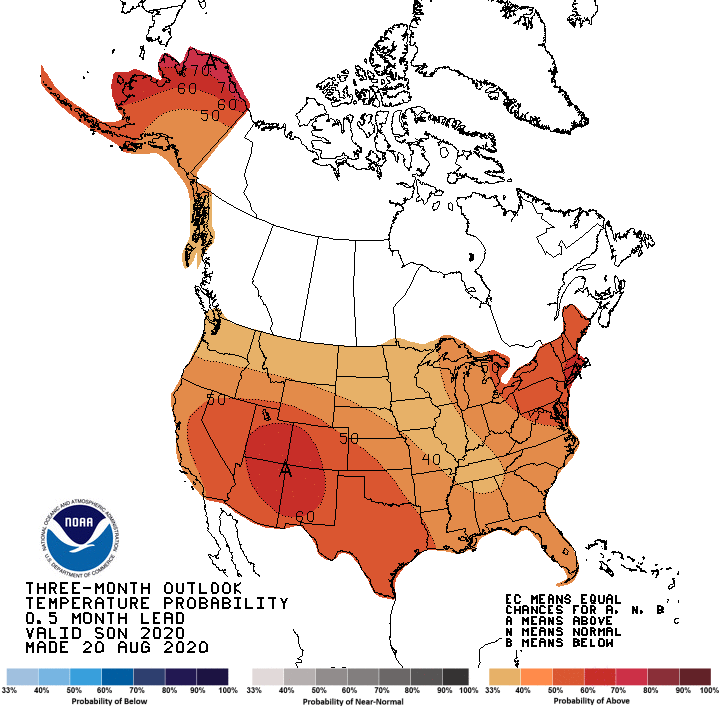Summer is winding down and fall is right around the corner, which means we’ll soon start to see the leaves changing colors. The beautiful colors are an annual treat for leaf-peepers across the country, but experts are predicting Mother Nature’s show may be delayed this year.
The brightness of the colors relies on the weather, and this year’s weather forecast is behind the delay.
A Smoky Mountains tourism site, SmokyMountains.com, creates a fall foliage forecast map every year. The map is created using historical temperature, precipitation and forecast data from the National Oceanic and Atmospheric Administration (NOAA).
The interactive map is broken down by county, and it predicts when the leaf colors will be at their peak, indicated by the bright red color. Leaves begin to change color in the northern states and higher altitudes before shifting south and down the mountains.

The map above was created for the 2019 season, and 2020’s map will be released the latest information soon.
Leaves change their colors due to a combination of the changing season and the weather.
The leaves lose their green hue as the days grow shorter in the fall. With less sunlight, photosynthesis slows down and trees produce less chlorophyll, which gives the leaves their green color.
As the shades of green begin to fade, orange, red and yellow start to shine through. Warm days and cool nights will give way to a vibrant display of warm autumn colors.
This year, however, summer’s heat is expected to linger well into September and possibly even into October. The Climate Prediction Center expects the early fall months to be warmer than average across the country, especially in the Northeast, where leaf peeping has become an annual pilgrimage, and the southern Rockies.

Temperatures in September, October and November are expected to be much warmer than average, which means the colors won’t reach their brightest potential for at least a couple weeks later than usual.
This warmer fall is following a warmer summer, which saw above-average temperatures in much of the U.S., especially the Northeast.
The warm weather delay means most of the country won’t begin to see the leaves changing color until October arrives. Once October’s here, expect the northern states and higher altitudes to see the changing colors first, and the wave of color will slowly work its way south and down the mountains.
Follow Meteorologist Jason Meyers on Twitter or watch one of his entertaining and educational YouTube videos.
This story originally appeared on Simplemost. Checkout Simplemost for additional stories.



